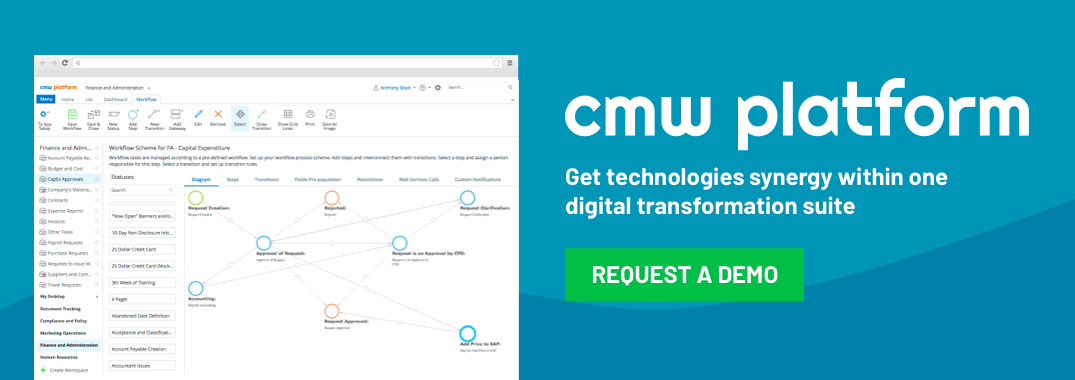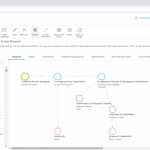How To Make Process Change Smoother For Your Employees
June 5, 2013
Some people find a certain enjoyment in the art of complaining. If you buy a new coffee for the break room, instantly you have a few team members that aren’t happy with the change. If you switch the company health insurance plan to allow for better employee options, a group will instantly love the old plan and complain about the new options.
This attitude can make managing change a frustrating endeavor whether it’s changing the type of toilet paper dispenser in the bathroom or adding a new security system. Reluctance to accept change can be more than frustrating though; it can delay projects, create disharmony, and increase operational costs.

Recognize that you will have employees that thrive on complaining. By understanding this fact, you can take steps to mitigate negativity by improving your change management approach.
Don’t assume everyone that is bombarding you with questions is opposed to change. Some people understand new methods are necessary and their way of coping is to try to drill down into the details so that they feel more comfortable and in control of the situation. Engage these people early and work with them to establish workflow.
I am this type of employee. When I am told a change is coming, I leap into grilling mode and start my own “change management” routine. “When is this going to take place? What is the transition plan? Have you thought about this, this, and THIS? And oh, by the way, I see this other thing as a potential hurdle that we must overcome.” These very same questions from a complainer may reveal themselves with statements about how hard it will be to implement and manage the change and questions like, “why do we have to change at all — it ain’t broke!”.
I worked as a court clerk for many years. When I first started, we still performed many office tasks on a typewriter. The day my manager announced we were getting a computer system, my excitement was intense. I was thoroughly confused when my co-workers were complaining about having to learn something different, or what a waste of money the system would be, or the ever-favorite complaint that the court wouldn’t need as many clerks so half of us were likely to lose our jobs.
“Reluctance to accept change can be more than frustrating though; it can delay projects, create disharmony, and increase operational costs.”
It took me several more years in the working world and becoming a manager myself before I began to understand where this thinking originated from. Mostly, it is just fear.
If you are the one responsible for managing a change, beware of your own emotions. You may have fears about how to coordinate a major workflow software transition or maybe you are switching payroll companies. If you have a heightened sense of nervousness, you may avoid frank discussions about the shift or you could be overly sensitive and over-react to legitimate questions.
Consider several tactics when managing process changes:
- Early warning: If you know a change is coming, let people know early. Tell them that in a few months this change will take place. Then, people have some time to adjust.
- Let people talk: Allow people on the team to discuss their feelings. You may have to guide them away from straight negativity, but allowing people to discuss their fears will help diminish anxiety.
- Create workflows as you transition: If you begin building the workflow dynamically, this shifts the focus to smaller, easy to assimilate chunks. By the time your change management process gets to the implementation phase, it doesn’t have that new, scary feel and is seen as business as usual. In order to achieve that, using software solutions can be very beneficial for organizations. For example, Comindware Tracker software allows for changing workflows on the fly and managing them without interrupting current processes. Employees don’t feel stressed as there is no need to re-do their tasks all over again.
- Engage people in the change: Where possible, allow employees to participate in change management. If you are rolling out a new software program, ask some of the known resistors to help with running initial tests. Likely they will have good insights to make the process transition run more smoothly.
Even a positive change can evoke a sense of fear as a person comes to grips with the impact. Once, when I had received a fairly substantial raise, I began creating my own fears. This raise would obviously increase the amount of taxes I had to pay. It also changed some other deduction I could take for my dependents. Thankfully, I didn’t complain about this to my manager, but my friends and family heard about it. It took me a while to realize that I was now complaining about something that I had been striving for and I was living the fear.



